5 TECH TRENDS RESHAPING THE FUTURE OF APPAREL MANUFACTURING
AN INDUSTRY INSIGHT BY FASHNERD FOUNDER MUCHANETA KAPFUNDE.
Transforming textile manufacturing and reshaping how the industry does business, new technologies are not only being adopted; they are trending. With various innovations on offer, here are the top five tech trends that have proven popular in helping apparel manufacturers create greater efficiency and build better relationships between producers, suppliers and customers.
1. Digitisation
It seems that digitisation in manufacturing really could be the perfect match. Defined by Gartner as “the use of digital technologies to change a business model and provide new revenue and value-producing opportunities”, digitisation is shifting manufacturing towards becoming a digital business.
Changing how products are designed, created, utilised and sustained, the digitisation of manufacturing has proven, to transform the operations, processes, and energy footprint of factories and supply chains while increasing opportunities in efficiency, productivity and accuracy in the textile industry.
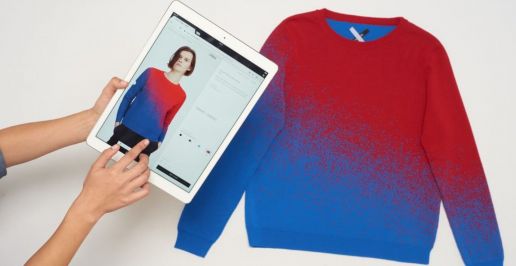
2. Fashion on Demand
Yes technology can finally support the need for fashion on demand. Technology is revolutionising what fashion on demand means. Once regarded as uneconomical, on demand fashion was once seen as impossible to achieve on a larger scale. The good news is that this is no longer the case since technology is now at a level that can support the rise of made-to-order and made-to-measure.
Therefore, fashion and textile businesses that want to create an on-demand supply chain can turn to new software, like the one provided by companies like Unmade, a London based startup that has worked with the likes of Christopher Raeburn and Avery Dennison. Offering convenience, fashion on-demand has also proven beneficial for fashion brands like New York-based Prabal Gurung, who have made the shift and now 25% of all their orders are now made-to-order.
Another great example is the knitwear company, Ministry of Supply. They have reportedly tested 3D printing knitted blazers and dresses and allowed their customers to choose different styles and colours. Within two days, the items were ‘printed’ and sent to customers. So again, innovation could mean that a fashion on-demand product could be delivered in the same amount of time as most fast-fashion labels, now that is progress.
3. Robotics
Want to implement robotics into your textile manufacturing process? Then read on. Groundbreaking advancements in recent years have allowed robotics in the textile industry to progress to the point where development has become highly advantageous for textile manufacturers. Ripe for transformation, robotics are becoming less of an obstacle and more of a technology that can positively transform the textile industry for the better.
As the automation wave continues to take over textile manufacturing, companies like Sewbo provide innovative solutions that support the automation of apparel manufacturing. Sewbo’s solution has been created to allow manufacturers to create higher-quality clothing at lower costs while shortening supply chains and lessening the long lead times that hamper the fashion and apparel industries. By helping to reduce the complexity of today’s intricate global supply network, the great thing about Sewbo’s technology is that it is suitable for a wide range of manufacturing applications.
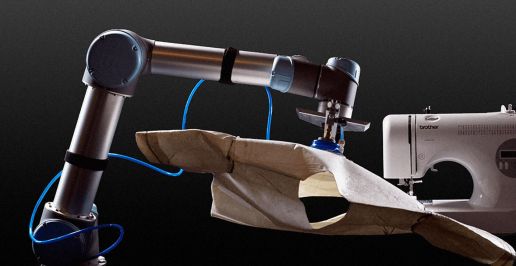
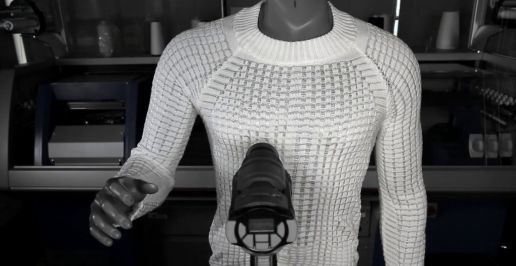
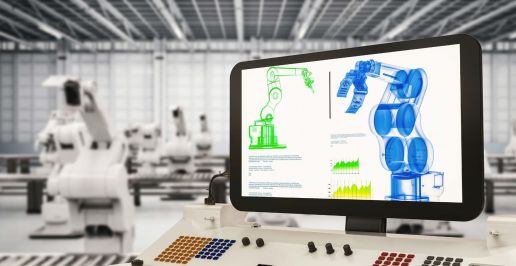
4. Machine Learning
A McKinsey report once stated that machine learning would reduce supply chain forecasting errors by 50% while also reducing lost sales by 65%. These numbers confirm that machine learning impacts textile manufacturing, especially in these three areas of business — operations, production, and post-production. Other great benefits of machine learning in manufacturing include improving product development, quality control, security and supply chain management.
Although some still argue that the technology is still in its infancy, those who have chosen to utilise machine learning fully have reduced their manufacturing costs and drastically improved product quality. Therefore, it is clear that using AI-powered systems in one’s manufacturing processes demonstrates that machine learning could bring numerous opportunities to enhance nearly every aspect of your business.

5. 3D Printing
Could 3D Printing be suitable for mass customisation? Well, some experts believe that 3D printing has the potential to help fashion and textile businesses who are looking to switch to an alternative customisable production method. Perhaps the biggest advantage of this type of tech tool is that it allows customisation choices to be implemented within the 3D file straight away before production.
If you are wondering whether there are any illustrative examples of fashion brands riding the mass customisation wave with 3D printing, the excellent news is that there is. Showing the way was the collaboration between Stratasys x Ganit Goldstein. Their partnership explored the melding of the traditional method with the latest 3D printing technology. “This is still a relatively new domain; we need to challenge ourselves to envision the next steps and to embrace this new design freedom to open up its true frontiers,” explained Naomi Kaempfer, Creative Director of Art, Design and Fashion at Stratasys.
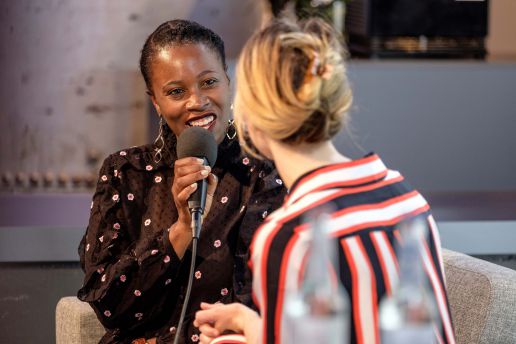
ABOUT THE AUTHOR
Founding editor-in-chief of FashNerd.com, Muchaneta has worked in the fashion industry for over 14 years. She is currently one of the leading influencers speaking and writing about the merger of fashion with technology and wearable technology.
Muchaneta Kapfunde | editor@fashnerd.com

